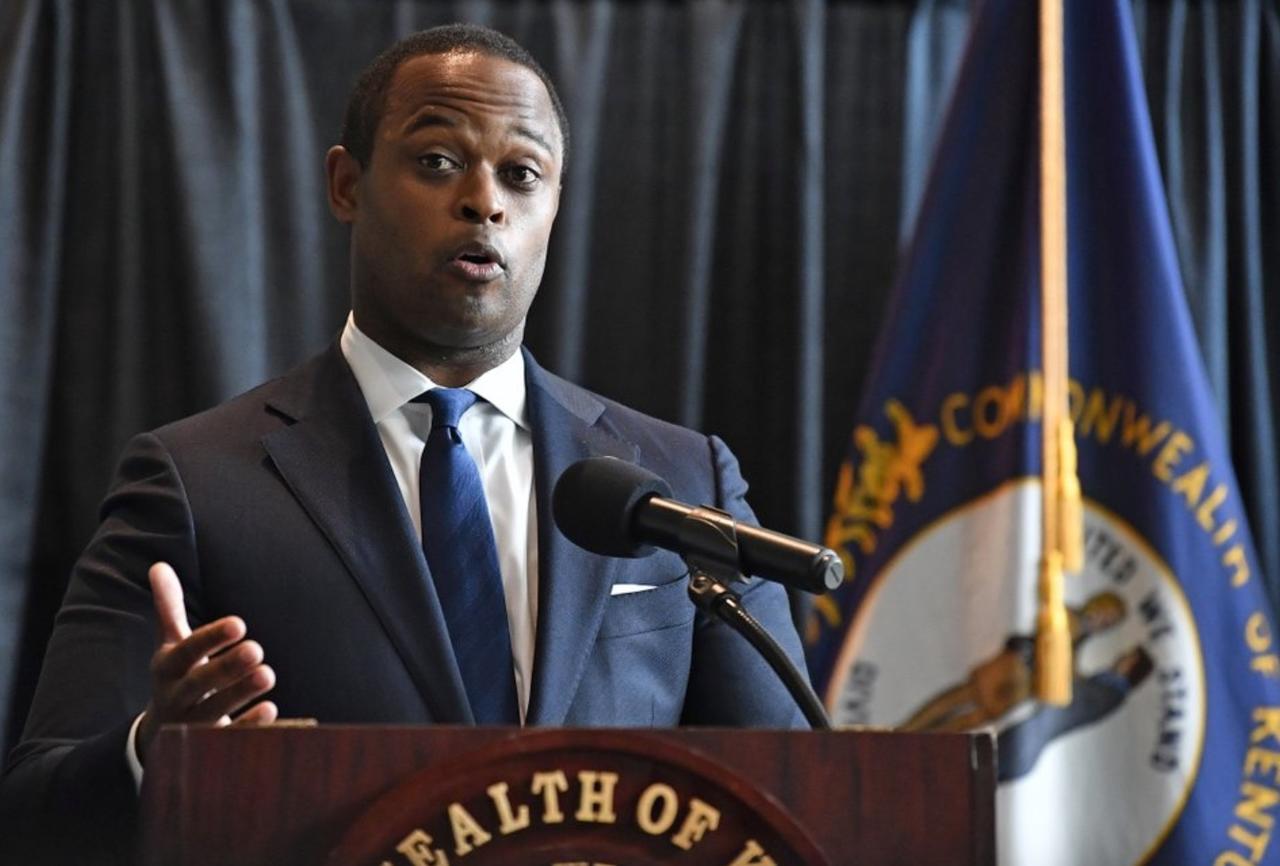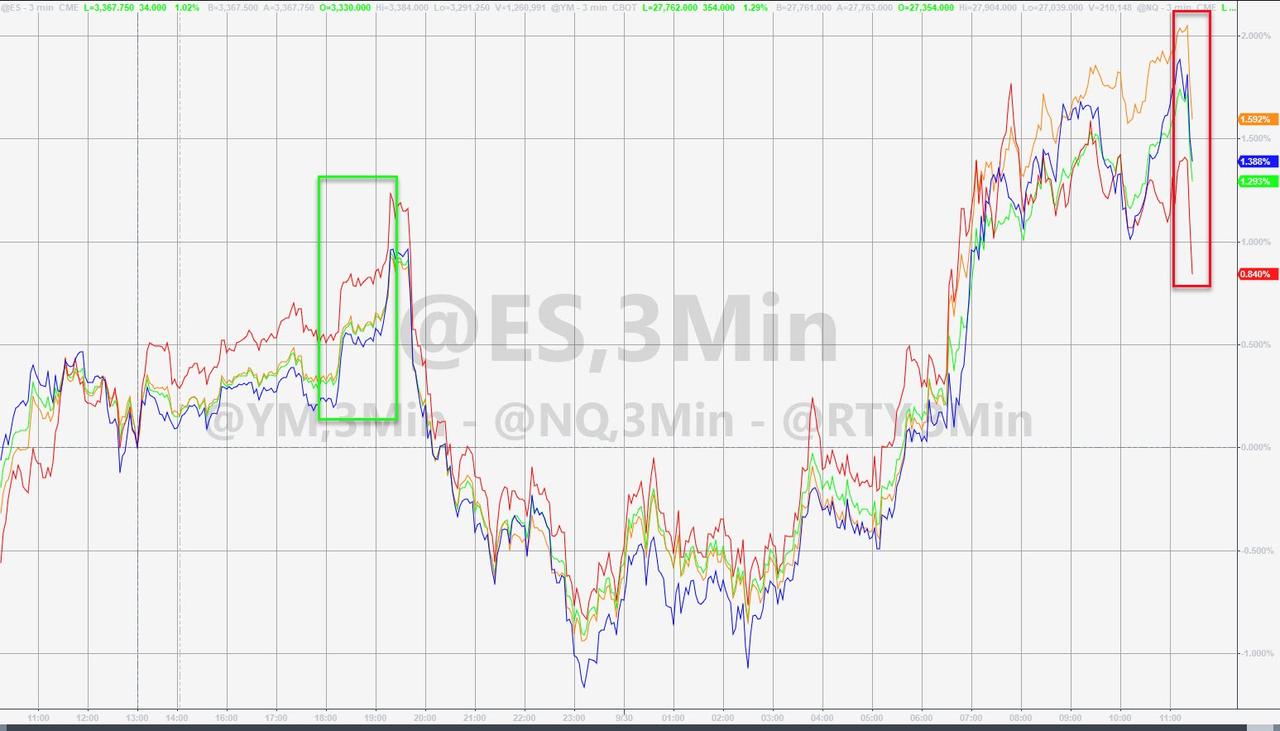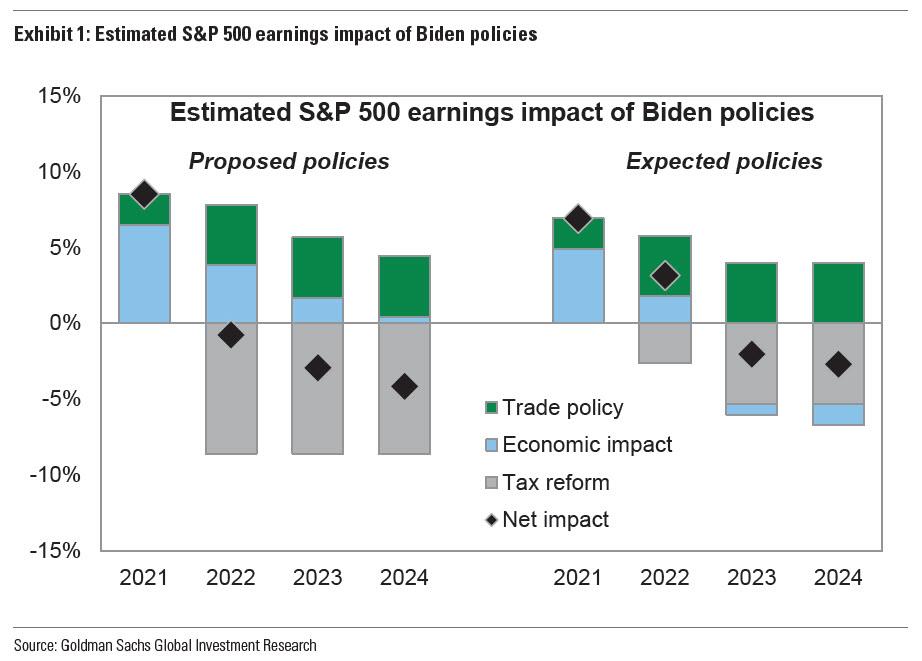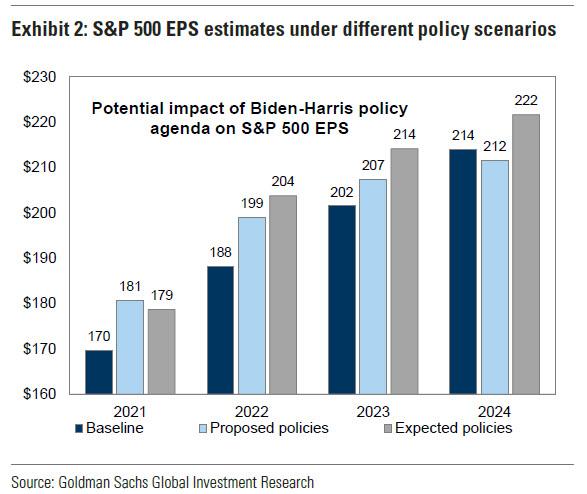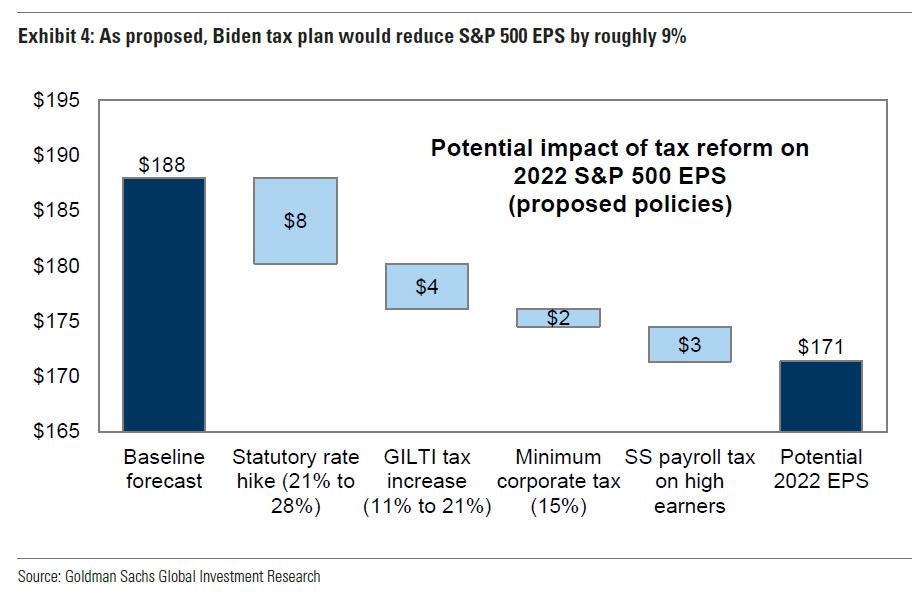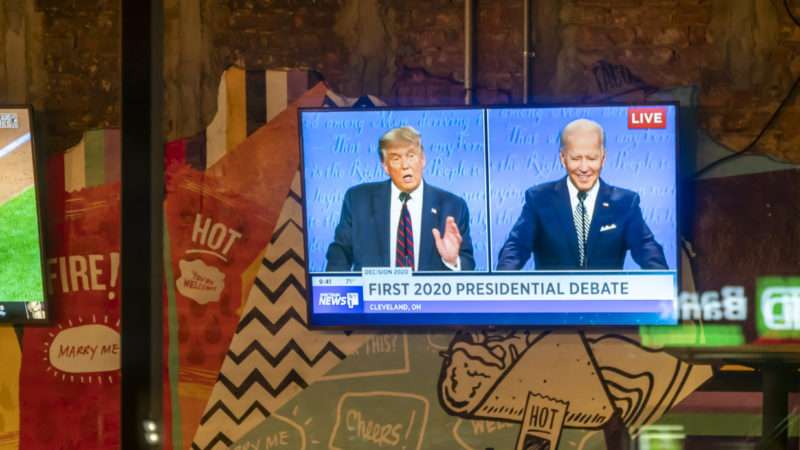Yale Prof Calls Trump’s COVID Plan, “A Lazy Man’s Ethnic Cleansing”
Tyler Durden
Wed, 09/30/2020 – 15:32
Authored by Taylor Hunt via Campus Reform,
A professor at Yale University made the claim that “#TrumpKilledAmericans” and that coronavirus is a “lazy man’s ethnic cleansing.”
Timothy Snyder, a Yale history professor, took to Twitter in early September to claim that COVID-19 is a “lazy man’s” ethnic cleansing.
In the Twitter thread, Snyder first tweeted, “Coronavirus in America: A lazy man’s ethnic cleansing #OurMalady #TrumpGenocide #TrumpLiedPeopleDied #TrumpKilledAmericans Kushner’s team: “because the virus had hit blue states hardest, a national plan was unnecessary and would not make sense politically.”
Coronavirus in America: A lazy man’s ethnic cleansing #OurMalady #TrumpGenocide #TrumpLiedPeopleDied #TrumpKilledAmericans Kushner’s team: “because the virus had hit blue states hardest, a national plan was unnecessary and would not make sense politically” https://t.co/TbYZiBlbmX
— Timothy Snyder (@TimothyDSnyder) September 9, 2020
Snyder linked to an article by Kathrine Eban of Vanity Fair, titled “How Jared Kushner’s Secret Testing Plan ‘Went Poof Into Thin Air.'”
The article claims the reason Trump did not roll out a national testing plan is that “more testing would only lead to higher case counts and more bad publicity.”
The Twitter thread continued with Snyder claiming, “Coronavirus in America: A lazy man’s ethnic cleansing. #OurMalady #TrumpGenocide #TrumpLiedPeopleDied #TrumpKilledAmericans “Senior advisers began presenting Trump with maps and data showing spikes in coronavirus cases among ‘our people.'”
Coronavirus in America: A lazy man’s ethnic cleansing. #OurMalady #TrumpGenocide #TrumpLiedPeopleDied #TrumpKilledAmericans “senior advisers began presenting Trump with maps and data showing spikes in coronavirus cases among ‘our people'” https://t.co/1Yi0B2yq8O
— Timothy Snyder (@TimothyDSnyder) September 9, 2020
He then went on to tweet “Coronavirus in America: A lazy man’s ethnic cleansing. #OurMalady #TrumpGenocide #TrumpLiedPeopleDied #TrumpKilledAmericans “Trump Admits Minimizing the Virus””
Coronavirus in America: A lazy man’s ethnic cleansing. #OurMalady #TrumpGenocide #TrumpLiedPeopleDied #TrumpKilledAmericans “Trump Admits Minimizing the Virus” https://t.co/eU23mvcFo5
— Timothy Snyder (@TimothyDSnyder) September 9, 2020
The last article he shared in the thread was written by Maggie Haberman of the New York Times, entitled “Trump Admits Downplaying the Virus Knowing It Was ‘Deadly Stuff.’” The article claims that Trump “made a conscious choice not only to mislead the public but also to actively pressure governors to reopen states before his own government guidelines said they were ready.”
The final tweet of the thread read the same as his first: “Coronavirus in America: A lazy man’s ethnic cleansing. #OurMalady #TrumpGenocide #TrumpLiedPeopleDied #TrumpKilledAmericans.”
Timothy Snyder is the Richard C. Levin Professor of History at Yale University. He studied at Oxford University where he received his doctorate. He has published multiple books and has appeared in multiple publications and media outlets. He has received the Literature Award of the American Academy of Arts and Letters, Emerson Prize in the Humanities, and the Foundation for Polish Science Prize in the social sciences.
Campus Reform reached out to Snyder and Yale but did not receive a response in time for publication.
via ZeroHedge News https://ift.tt/36k9j7L Tyler Durden


